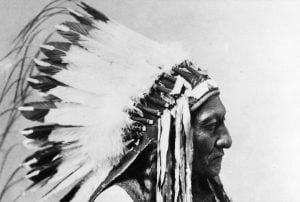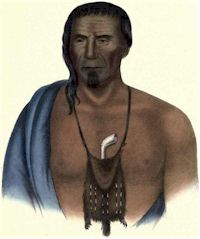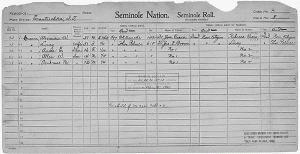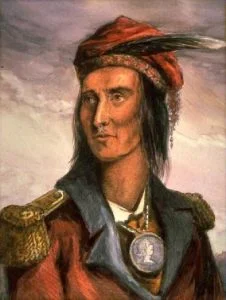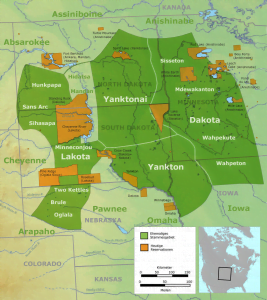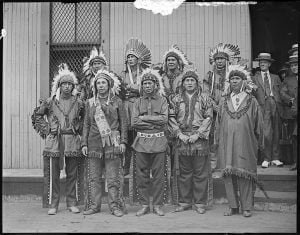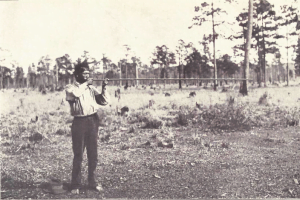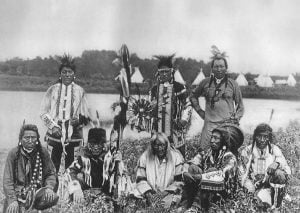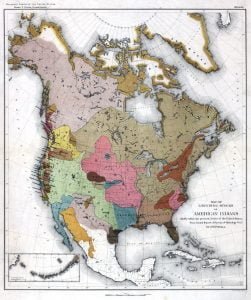Famous Indian Chiefs I have Known
The following biographies are small glimpses of Indians, who’s names most of us have heard. From these brief writings you can decide if you are interested in further information on one of these great Chieftains. Major-General Oliver Otis Howard, US Army, served in the Civil war prior to coming west. He directed several campaigns against the Native Americans, and negotiated with Chief Joseph in 1877. He has written numerous books on his experiences with the Indians. This particular manuscript is often met with outcries from our readers as his particular point of view of the Chiefs he met often differs with popular sentiments. Come read what Major-General Howard’s assessment of each chief he met was.

